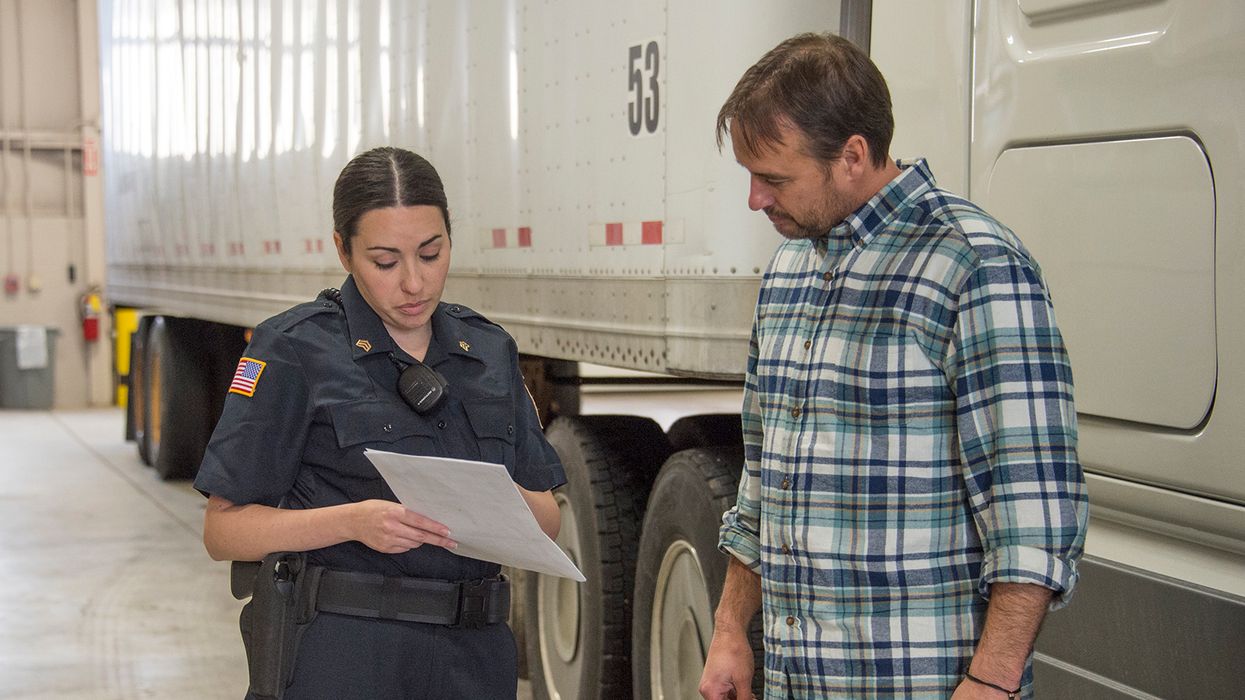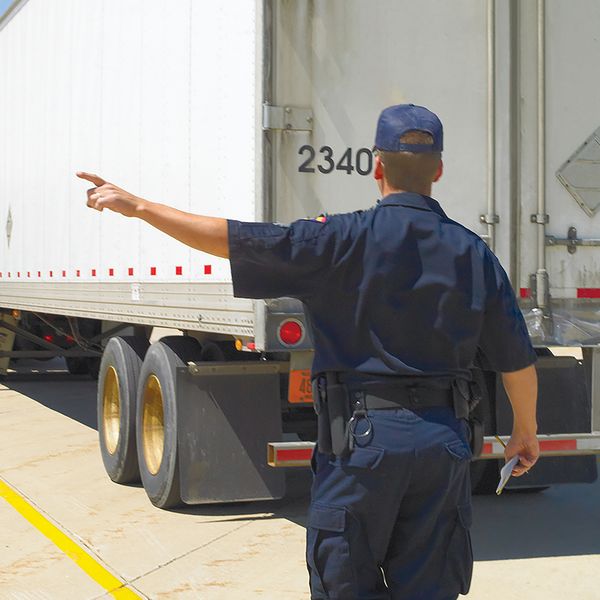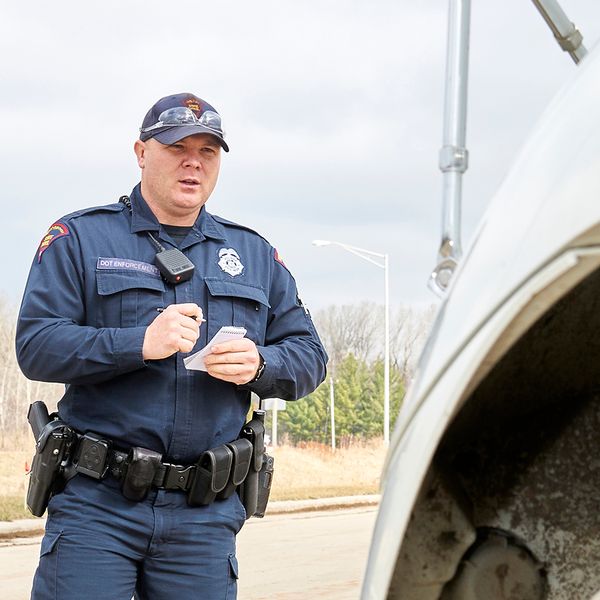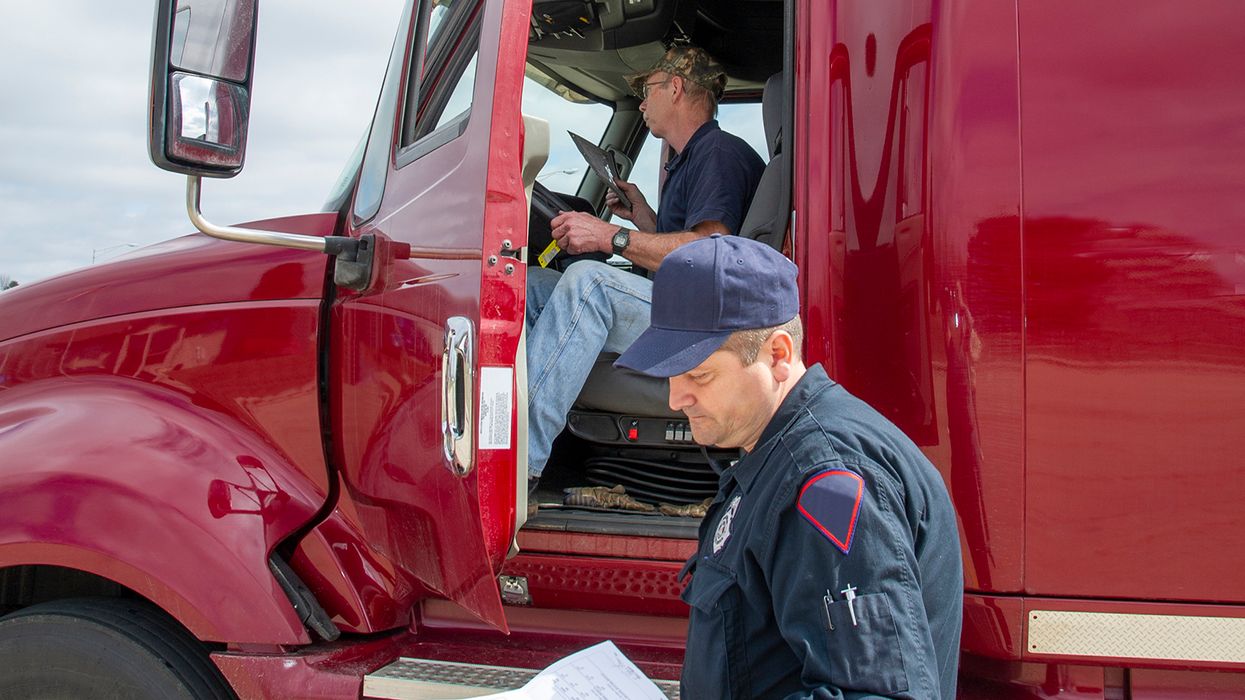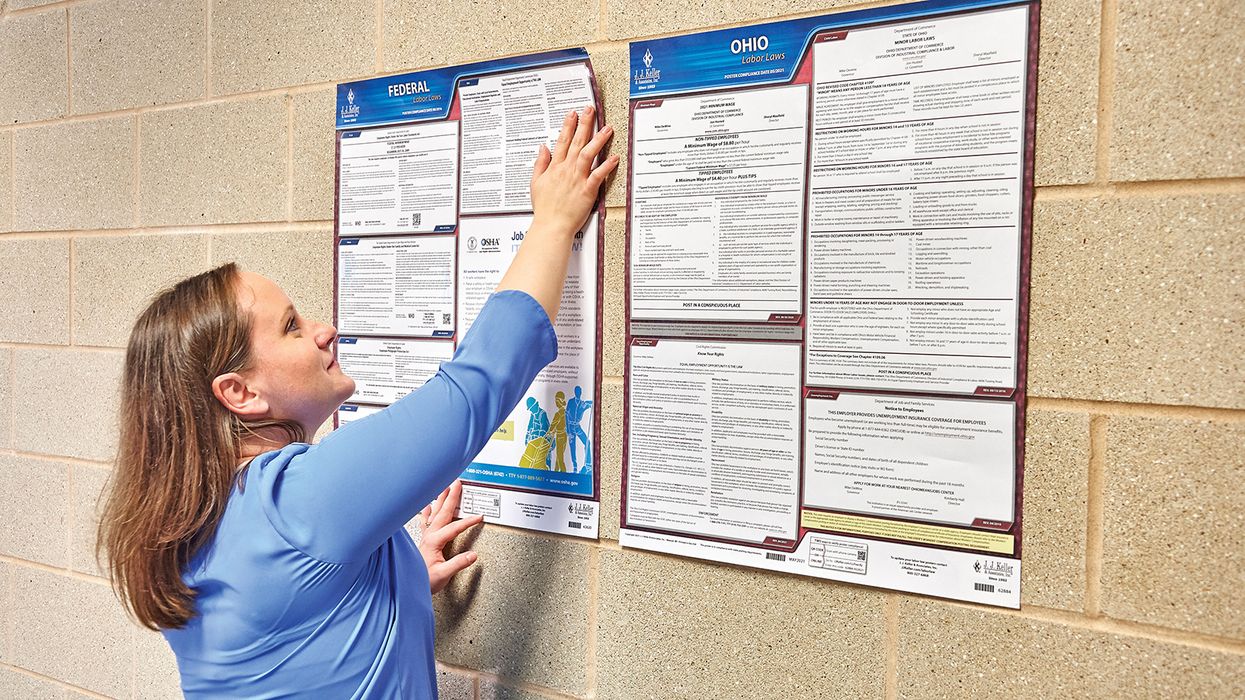Changes coming to the out-of-service criteria this year
The Commercial Vehicle Safety Alliance (CVSA) has announced changes to the North American Out-of-Service Criteria (OOSC) set to take effect on April 1, 2023. Here is a list of this year’s changes:
- Drivers found to have used drugs in the previous 24 hours, based on self-admission or an officer’s findings, will be placed out of service for 24 hours.
- Hours-of-service (HOS) changes for drivers operating in the United States:
- A driver will only be placed out of service for false logs if the falsification was an attempt to disguise a violation of an hours limit and:
- It took place since the last qualifying break that can be verified in the case of the daily limits, or
- Results in the driver being in violation of the 60- or 70-hour limit.
- The out-of-service period for false logs will change to the amount of time necessary for the driver to come into compliance, rather than an automatic 10 hours.
- A driver will only be placed out of service for false logs if the falsification was an attempt to disguise a violation of an hours limit and:
- Hours-of service changes for drivers operating Canada:
- A driver that does not have a log or that does not have the previous 14 days of logs will be placed out of service until they can present legal logs covering the current and previous 14 days.
- A driver will be placed out of service for log falsification if the falsification occurred since the last qualifying break that can be verified, and the falsification is disguising an HOS violation.
- The out-of-service period for falsification remains 72 hours.
- A violation for not presenting supporting documents will be removed from the OOSC.
- Logging apps and malfunctioning electronic logging devices (ELDs) that are functioning as an app that cannot print when required will not be an OOS violation, provided the driver can present the logs on the device.
- Rust on the friction surface of a disc brake rotor must be across the entire face on either side to be an out-of-service violation.
- A cargo securement note being updated to clarify that there does not need to be a tiedown in each 10 feet of cargo – the 10-feet reference is only needed to determine the required number of tiedowns.
- Clarification in the OOSC on what suspension components should result in an out-of-service order, even if the axle is not shifting.
Other changes related to roadside inspections
Other changes made by CVSA apply to the procedures for conducting an inspection, operational policies, general information/diagrams provided in the OOCS, and inspection bulletins or the references to them in the OOSC. These changes include:
- References to the under 21 driver programs and the related inspection bulletin are being added to the OOSC.
- The antilock brake system (ABS) check being conducted earlier in the inspection process (so it is done when the air pressure is at normal operating pressure), and the ABS inspection bulletin being updated.
- Checking the gross vehicle weight rating (GVWR) of the vehicle is being added to the procedures (officers were expected to do this, so this only formalizes what most officers already do).
- Updated diagrams of the suspension components are being added to the OOSC.
- The Canadian license guide in the OOSC is being updated.
- Instructions being added to an operational policy instructing officers to avoid using the general 396.3(a)(1) violation code (the correct Part 393 or specific 396.3(a)(1) codes should be used whenever possible).
- The following inspection bulletins were developed and references to them added to the OOSC:
- Identifying Undeclared Lithium-Ion Battery Shipments,
- Passenger Carrying Vehicle Emergency Exit Inspection,
- Dust Caps on 400-Series Low Pressure Cargo Tanks, and
- Inspecting Placards on Flammable and Combustible Liquids.
A note about CVSA
Membership in CVSA is open to anyone that has an interest in commercial vehicle safety and enforcement. Changes such as these are developed by the membership of CVSA. If you want to be involved in the changes for next year, consider joining!
Key to remember: The changes to the OOSC take effect on April 1, 2023. The other changes and inspection bulletins discussed are already in effect.

